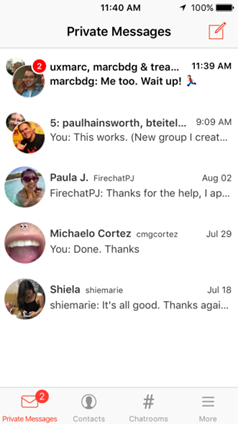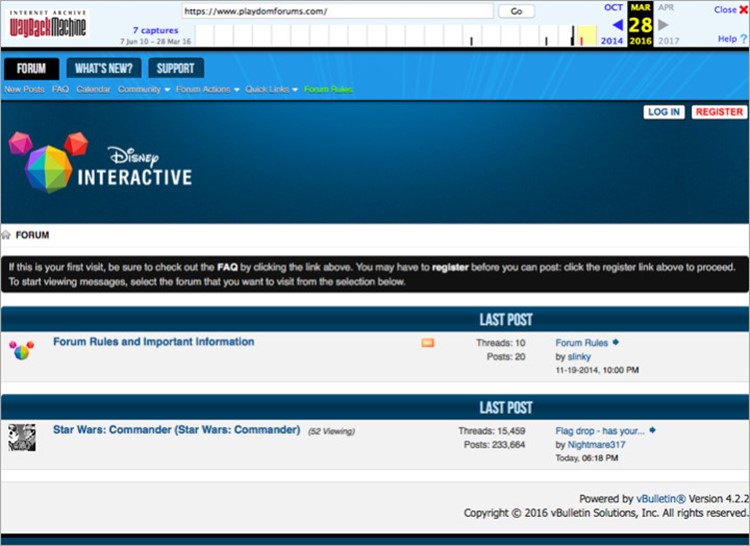The U.S. Social Security Administration announced last week that it will now require a cell phone number from all Americans who wish to manage their retirement benefits at ssa.gov. Unfortunately, the new security measure does little to prevent identity thieves from fraudulently creating online accounts to siphon benefits from Americans who haven’t yet created accounts for themselves.
The SSA said all new and existing ‘my Social Security’ account holders will need to provide a cell phone number. The agency said it will use the mobile numbers to send users an 8-digit code via text message that needs to be entered along with a username and password to log in to the site.
The SSA noted it was making the change to comply with an executive order for federal agencies to provide more secure authentication for their online services.
“People will not be able to access their personal my Social Security account if they do not have a cell phone or do not wish to provide the cell phone number,” the agency said. “The purpose of providing your cell phone number is that, each time you log in to your account with your username and password, we will send you a one-time security code you must also enter to log in successfully to your account. We expect to provide additional options in the future, dependent upon requirements of national guidelines currently being revised.”
Although the SSA’s policy change provides additional proof that the person signing in is the same individual who established multi-factor authentication in the the first place, it does not appear to provide any additional proof that the person creating an account at ssa.gov is who they say they are.
The SSA does offer other “extra security” options, such as the sending users a special code via the U.S. Mail that has to be entered on the agency’s site to complete the signup process. If you choose to enable extra security, the SSA will then ask you for:
-
The last eight digits of your Visa, MasterCard, or Discover credit card;
-
Information from your W2 tax form;
-
Information from a 1040 Schedule SE (self-employment) tax form; or
-
Your direct deposit amount, if you receive Social Security benefits.
Sadly, it is still relatively easy for thieves to create an account in the name of Americans who have not already created one for themselves. All one would need is the target’s name, date of birth, Social Security number, residential address, and phone number. This personal data can be bought for roughly $3-$4 from a variety of cybercrime shops online.
After that, the SSA relays four multiple-guess, so-called “knowledge-based authentication” or KBA questions from credit bureau Equifax. In practice, many of these KBA questions — such as previous address, loan amounts and dates — can be successfully enumerated with random guessing. What’s more, very often the answers to these questions can be found by consulting free online services, such as Zillow and Facebook.
In September 2013, I warned that SSA and financial institutions were tracking a rise in cases wherein identity thieves register an account at the SSA’s portal using a retiree’s personal information and have the victim’s benefits diverted to prepaid debit cards that the crooks control. Unfortunately, because the SSA’s new security features are optional, they do little to block crooks from hijacking SSA benefit payments from retirees.
Because it’s possible to create just one my Social Security account per Social Security number, registering an account on the portal is one basic way that Americans can avoid becoming victims of this scam.
To recap: Once you establish and verify your account and start getting texted codes to login, from then on you will be more secure. If you have not signed up already, these new security options do not make it any more difficult for someone else to sign up as you.
Considering that many senior citizens are still wary of text messages and likely have never sent or received one, it’s not clear that these optional security measures will go over well. I would like to see the SSA make it mandatory to receive a one-time code via the U.S. Mail to finalize the creation of all new accounts, whether or not users opt for “extra security.” Perhaps the agency will require this in the future, but it’s mystifying to me why it doesn’t already do this by default.
In addition to the SSA’s optional security measures, Americans can further block ID thieves by placing a security freeze on their credit files with the major credit bureaus. Readers who have taken my ceaseless advice to freeze their credit will need to temporarily thaw the freeze in order to complete the process of creating an account at ssa.gov. Looked at another way, having a freeze in place blocks ID thieves from fraudulently creating an account in your name and potentially diverting your government benefits.
Alternatively, citizens can block online access to their Social Security account. Instructions for doing that are here.
The SSA’s new text messaging system is apparently experiencing some technical difficulties at the moment, at least for Verizon Wireless customers. The SSA posted this message on its site over the weekend: “We are working to fix a problem that is preventing Verizon wireless customers from receiving the cell phone security code. Verizon wireless customers are unable to access their personal my Social Security account at this time.”
Update, 1:00 p.m. ET: For the record, I requested comment from the SSA about why they did not apparently contact all users by U.S. mail to verify their identities. I received the following response:
“The Social Security Administration protects the information entrusted to us and has strengthened the online registration process by making identity verification and authentication more stringent. We cannot provide more details publicly as we don’t want to draw a roadmap for criminals.”
Also, as one reader already pointed out in the comments below, the SSA’s adoption of 2-factor SMS authentication comes as the National Institute for Standards and Technology (NIST) released a draft of new authentication guidelines that appear to be phasing out the use of SMS-based two-factor authentication.
Via: krebsonsecurity

